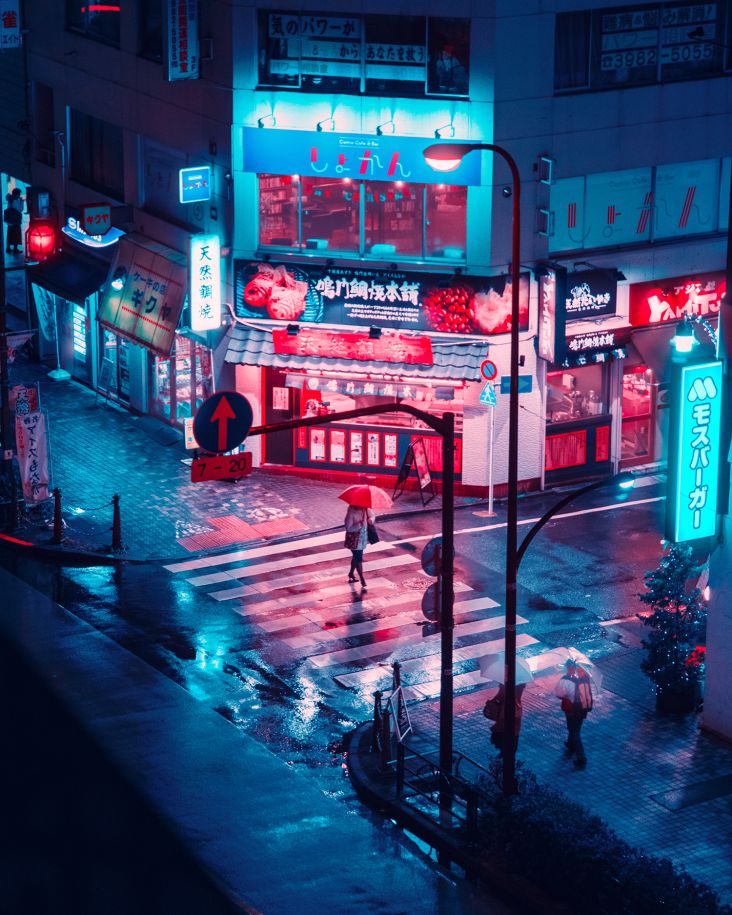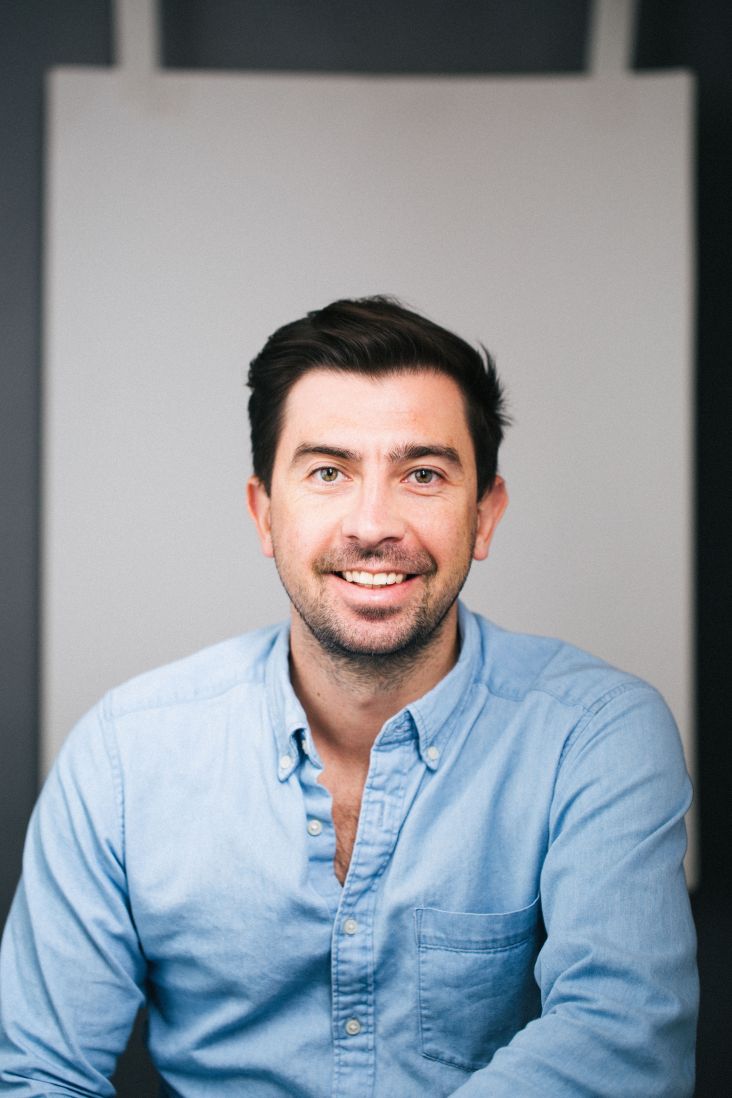Alarming photographs of the Arctic that show the irreversible effects of climate change
The Carmignac Photojournalism Award 9th Edition pioneering exhibition, Arctic: New Frontier by Kadir van Lohuizen and Yuri Kozyrev, will go on show at the Saatchi Gallery this month.
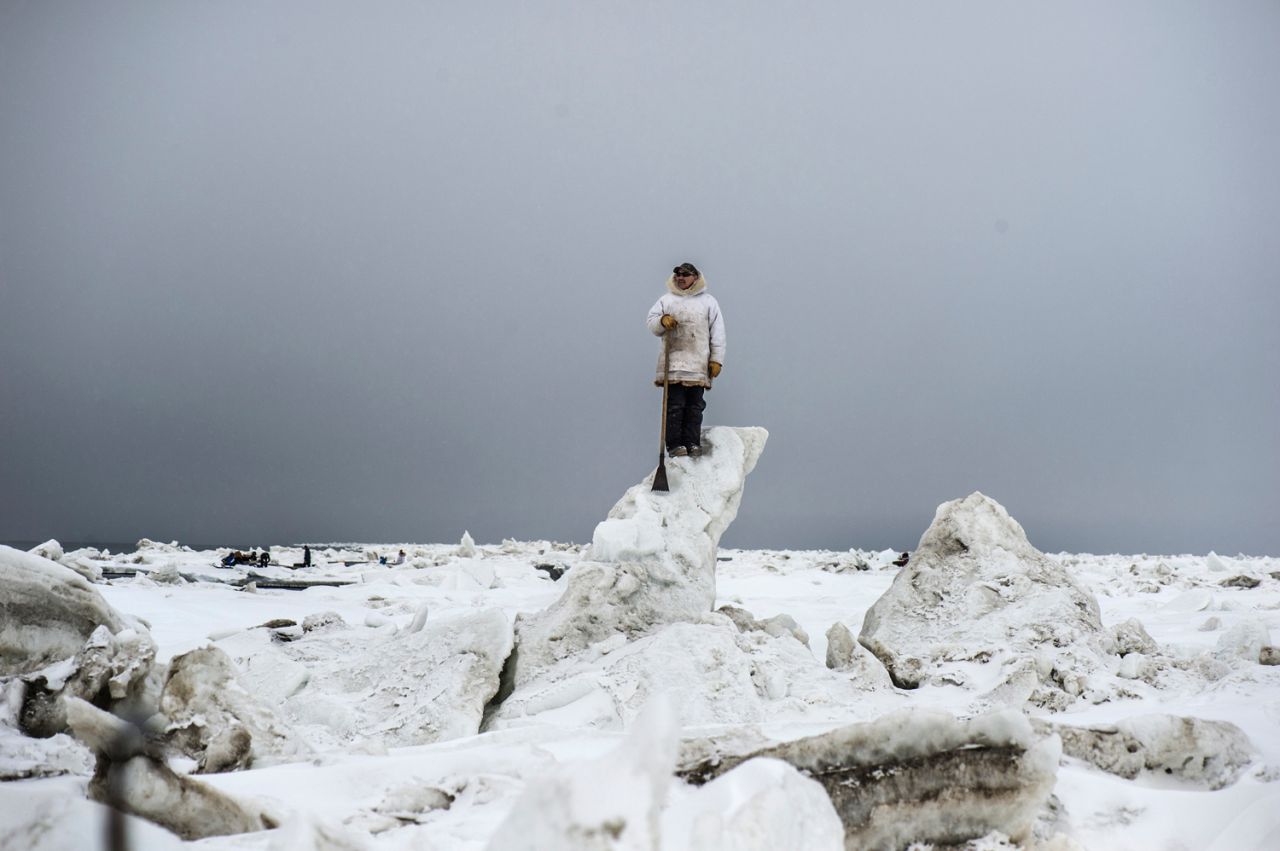
Whale hunter, Point Hope, Alaska, May 2018 ©Kadir van Lohuizen-NOOR for Fondation Carmignac
The event marks the very first time that two photographers have simultaneously covered the entire Arctic territory, documenting over six months the irreversible effects of climate change both on the landscape and its inhabitants.
The pair wanted to experience the dramatic transformation of natural landscapes and the demographics in the Arctic, and the impact of these changes on the lives of the region’s inhabitants.
"Through them, from Siberia, Svalbard and Greenland to Canada and Alaska, we discover the Arctic of today, with its landscapes and wildlife that are drawing a growing number of tourists, as well as its populations who are exposed to extreme climates and engaged in the exploitation of mining resources such as nickel and, increasingly, gas, oil and coal. Protecting the environment does not appear central to their activity, to put it mildly," remarks Jean Jouzel, climatologist, winner of the 2012 Vetlesen Award and co-winner of the 2007 Nobel Peace Award as Director of the IPCC.
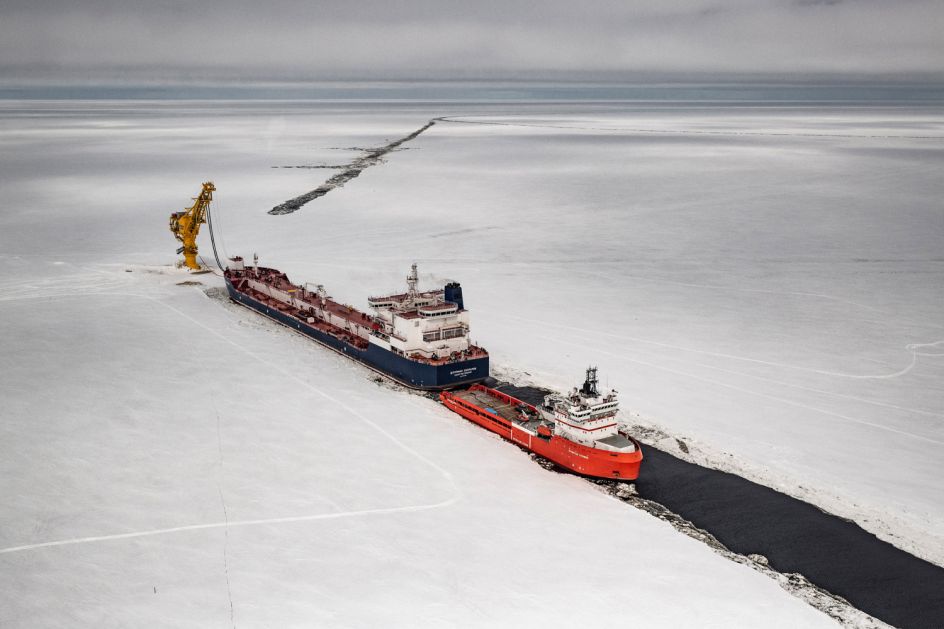
Cape Kamenny, Yamal Peninsula, Russia, May 2018. © Yuri Kozyrev – NOOR for Fondation Carmignac
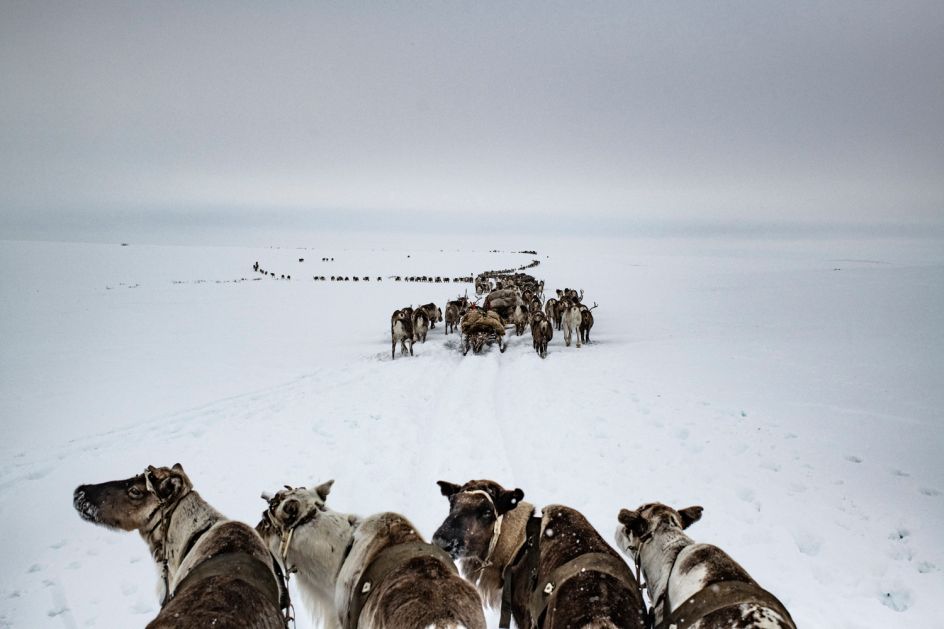
Yamal Peninsula, Russia, April 2018. © Yuri Kozyrev – NOOR for Fondation Carmignac
Yuri Kozyrev travelled the route of the Russian maritime ports of the Arctic, accompanying the last remaining Nomadic people of the region, the Nenets, during their seasonal movement known as transhumance. This was interrupted for the first time in the Nenets’ history in 2018, because of the melting of the permafrost.
Kozyrev skirted the coast of the Barents Sea in the north of the country and travelled aboard the Montchegorsk, the first container ship to use the Northern Sea route unassisted. He encountered people who had been made ill by nickel mining in Norilsk and then travelled to Murmansk, where the first floating nuclear power plant is under secret construction.
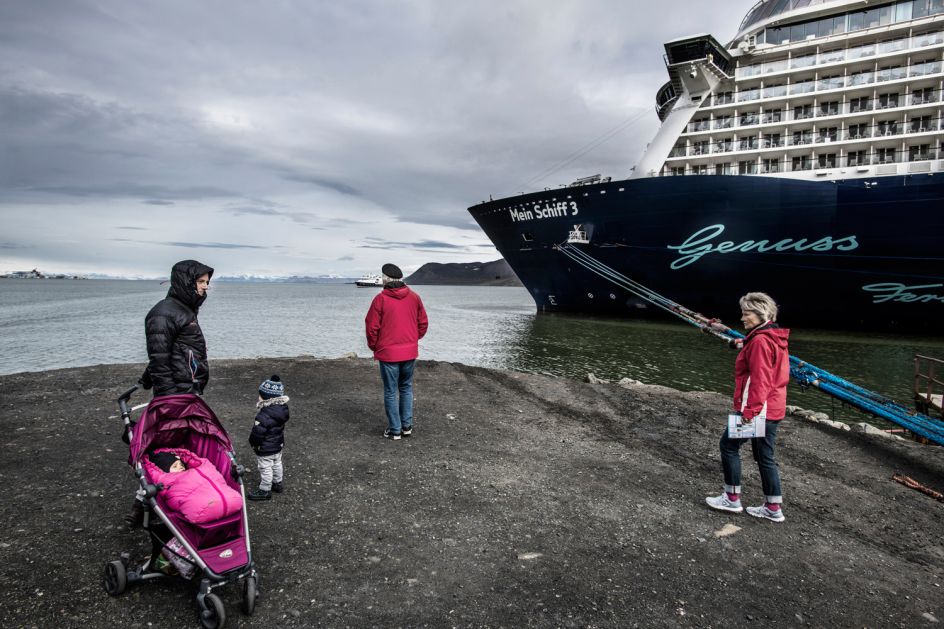
Longyearbyen, Svalbard Islands, Norway, July 2018. © Kadir van Lohuizen – NOOR for Fondation Carmignac
Kadir van Lohuizen started his journey on the Norwegian island of Spitzberg in the Svalbard archipelago. He then followed the Northwest Passage, which is now the shortest route between Europe and Asia thanks to the melting ice. In Greenland, he met scientists who have recently discovered the existence of frozen rivers beneath the ice-cap, which are directly contributing to the planet’s rising water levels.
South of Cornwallis Island, off the coast of Canada, he lived in the small community of Resolute, which has recently been home to a training facility for the Canadian Army, as climate change has led to ever-increasing routes through the Arctic region.
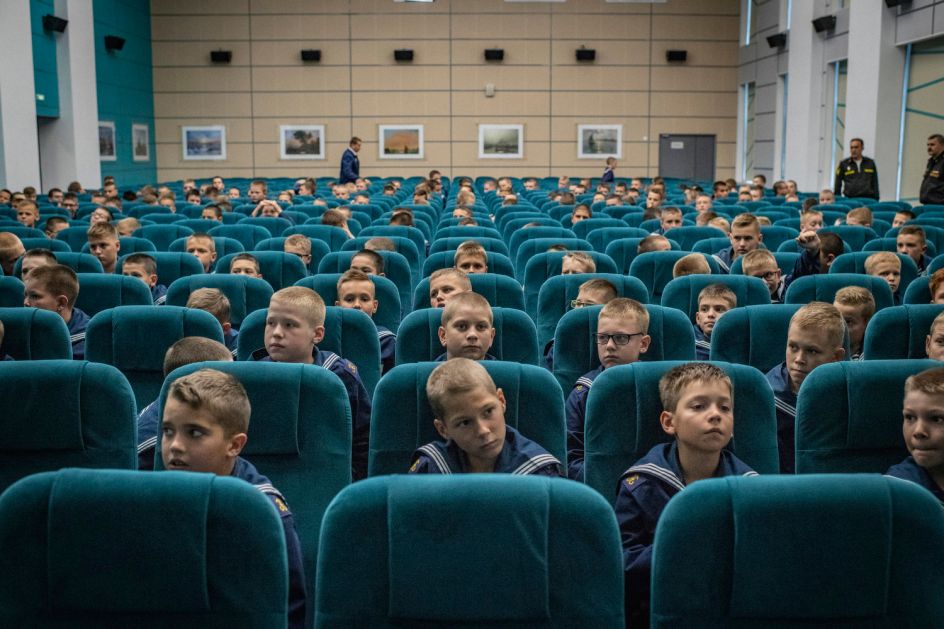
Murmansk, Kola Peninsula, Russia, September 2018. © Yuri Kozyrev – NOOR for Fondation Carmignac
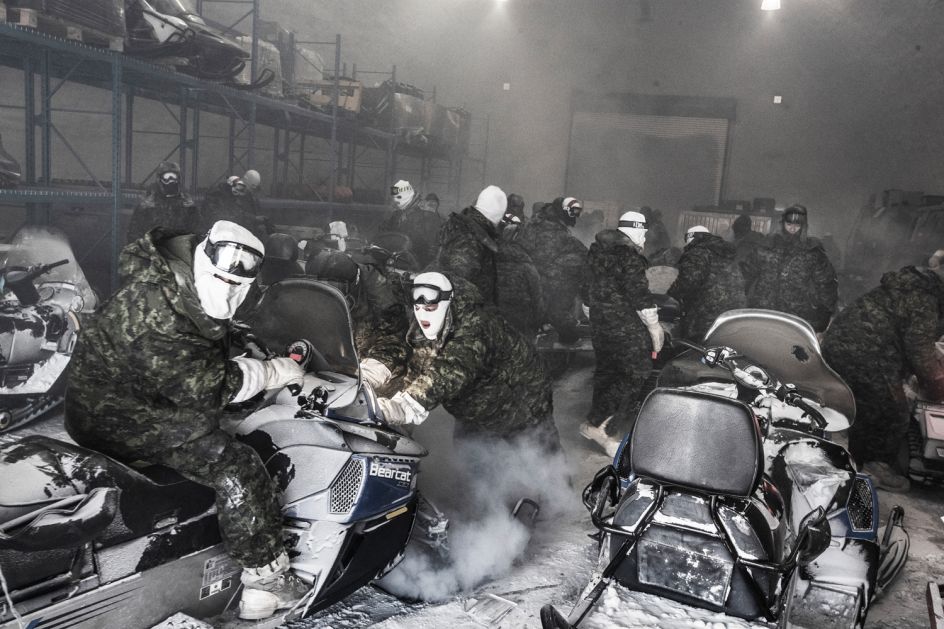
Resolute Bay, Canada, March 2018. © Kadir van Lohuizen – NOOR for Fondation Carmignac
Finally, he travelled to Kivalina, an indigenous village on the northern tip of Alaska, which, according to current forecasts, will disappear underwater by 2025.
The forces of tourism, militarisation, exploitation of gas and mineral resources, and the opening of trade routes mean that the Arctic is today the site of clashes between countries and multinationals who are locked in a chaotic competition for control of these zones, which have taken on strategic importance in the history of humankind due to the effects of global warming.
The photographs in Arctic: New Frontier by Yuri Kozyrev and Kadir van Lohuizen are an alarming testimony to the speed of transformation in the region and the upheavals that are taking place on a global scale. The exhibition will run from 15 March until 5 May 2019 at Saatchi Gallery in London.




 by Tüpokompanii](https://www.creativeboom.com/upload/articles/58/58684538770fb5b428dc1882f7a732f153500153_732.jpg)

 using <a href="https://www.ohnotype.co/fonts/obviously" target="_blank">Obviously</a> by Oh No Type Co., Art Director, Brand & Creative—Spotify](https://www.creativeboom.com/upload/articles/6e/6ed31eddc26fa563f213fc76d6993dab9231ffe4_732.jpg)








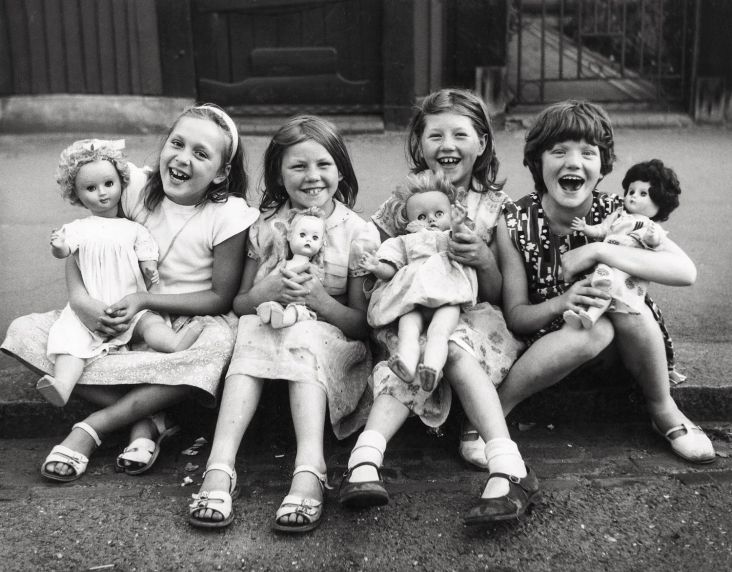

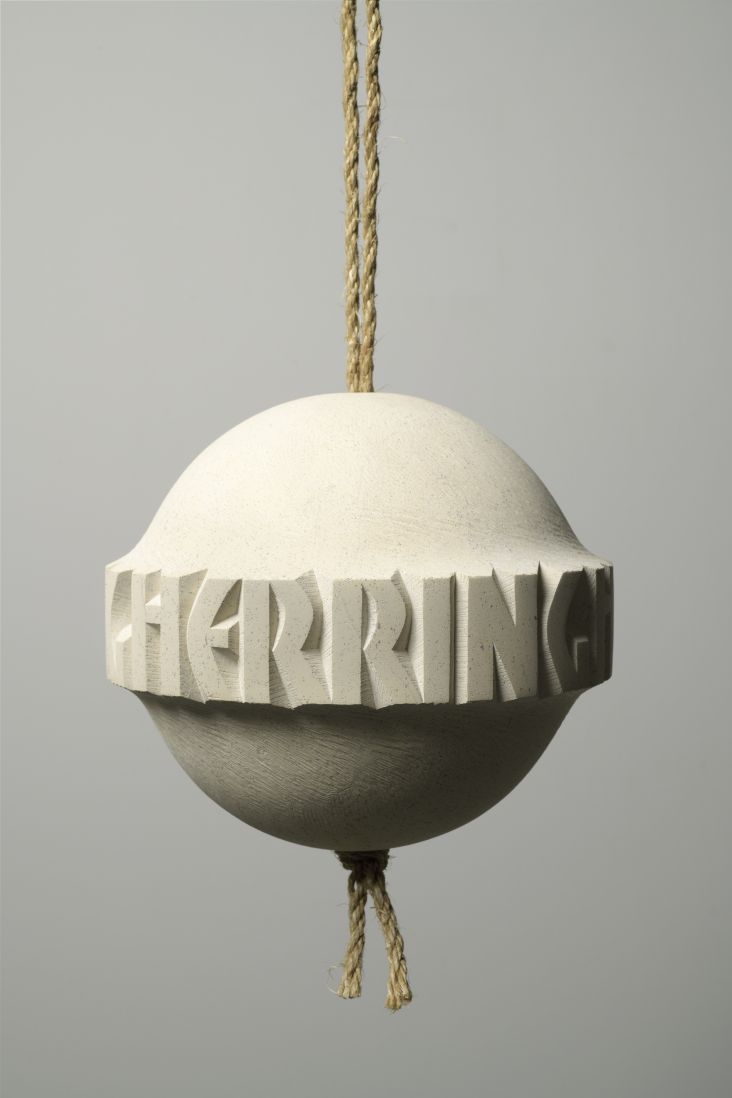
](https://www.creativeboom.com/upload/articles/f0/f014ce633ae4b87812b6e1c12769900d7cc12e9a_732.jpeg)
